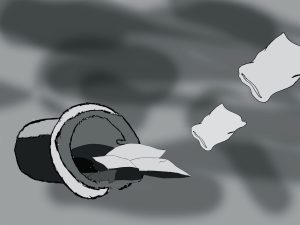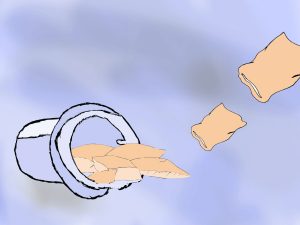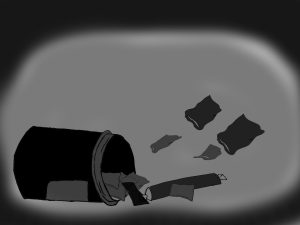I was really excited to get to working at Mission Magazine, it’s a small fashion media brand in downtown Manhattan run out of the owner’s house, it’s a nonprofit and the company works by putting out online articles and a electronic as well as print magazine every 6 months, with each issue being a different topic then the last, the most recent is titled “Youth”. The company seems to mainly service Europe and America, but I can’t say specifically what the clientele is. Within the company I work as a graphic designer with several others, one who I work along with in my day-to-day, with three others who though with the company work on alternate days.
In an article by Coveteur (Coveteur.com/2017/08/10/karina-givargisoff-founder-mission-magazine/) they go over words which the founder likes to describe the company such as “disruptive” and explains why she went to start the company, specifically that after traumatic deaths in her family she started to reevaluate her life, so she decided to do something more meaningful to herself, “What can I do that’s different?” A second website (wwd.com/business-news/media/mission-fashions-philanthropic-digitally-interactive-magazine-readies-for-launch-10925219/) goes at it from a more product-based angle, where it summarizes what can be found in the first issue, several embedded videos, articles such as the first autistic character on Sesame Street, and pulling some pictures from the article, both articles are from 2017.






